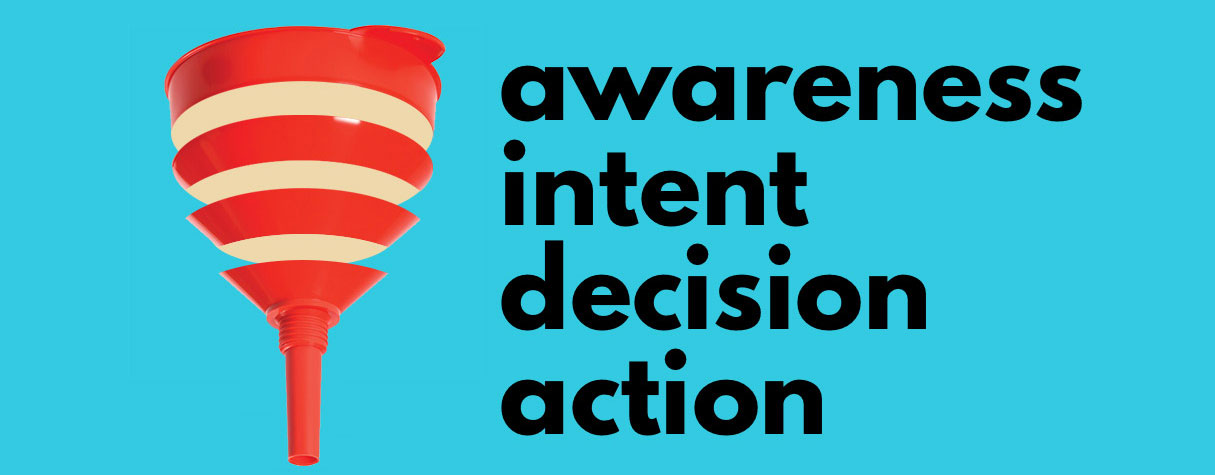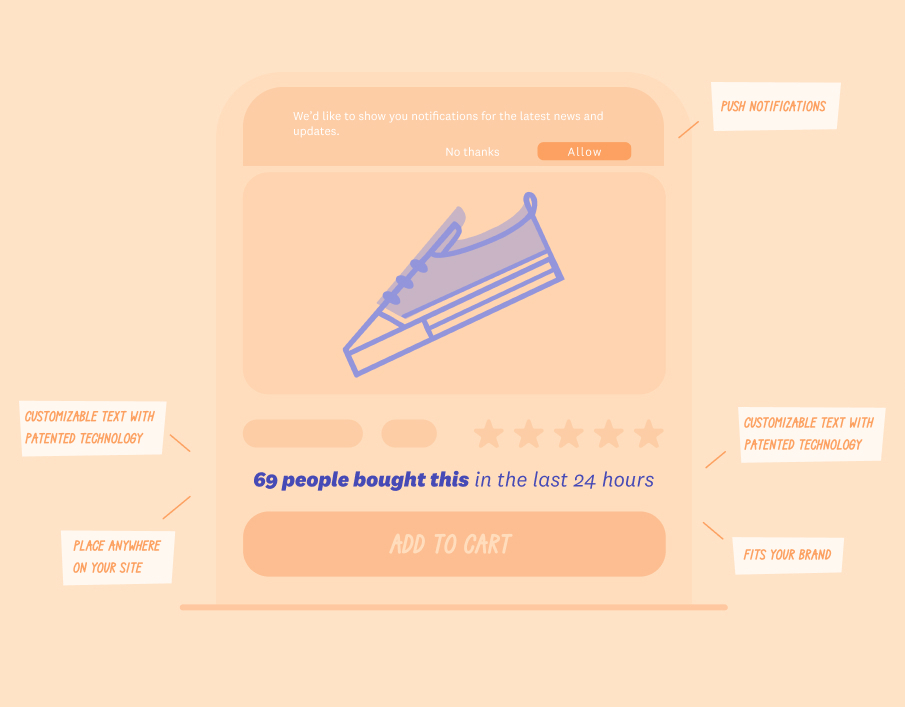Table Of Content
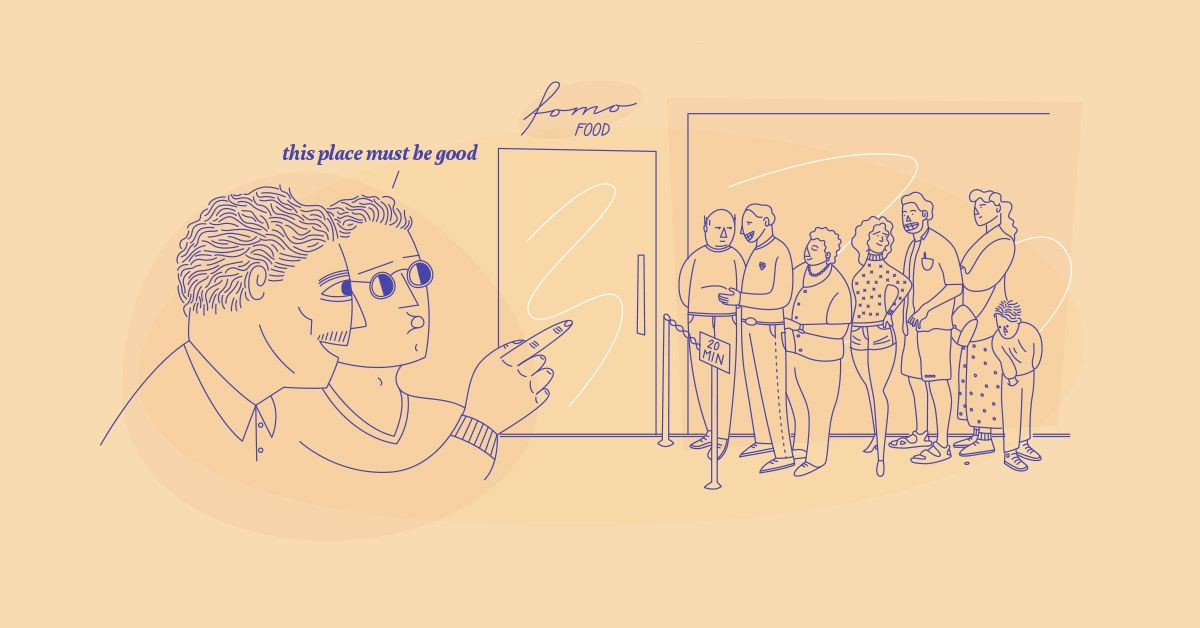
Dropbox! That's the word you will shout if anybody asks you about a successful referral marketing program. Being the brilliant marketer that he is, Sean Ellis made his story famous – and he deserves it.
In these cases where the winner takes all, Dropbox wins the battle for our mind as it relates to referral marketing and we end up missing a lot of other cool examples like Tesla and Ledger. Two companies that are living in the future.
Tesla and Ledger have referral programs for physical products, proving that this is not an exclusive strategy for SaaS companies only.
If you ever wanted to create a referral program, or you are just curious about what it takes to create a successful one – You are in the right place.
This article was put together with the help of two experts:
- Rodrigo Noll — a referral marketing specialist and consultant from Brazil;
- Raúl Galera from ReferralCandy;
Let's start by defining what types of referral marketing you can find out there, and then we will help you think of the best approach to create a successful referral program for your business.
Two types of Referral Marketing
Before we advance with this topic let's identify the two types of referral marketing available to a business.
There is the (1) implicit referral and the (2) explicit referral. The latter is probably the type that your mind thinks of when someone mentions “referral marketing” (we’ll come back to this later).
So what is the implicit referral then?
Let's say that you use an online service, and you need help using the service. You open the chat widget that — usually — is on the right side of the bottom of your screen. You get great service.
Then you notice something on the bottom of your chat screen:
Being an internet entrepreneur as well you decide that this live chat thing is much better than giving support via email. So you click on "We run on Intercom" and go check them out.
Nobody told you that you should use Intercom explicitly.
Another great example of this is Fomo notifications:
Fomo helps users show off customer activity in real-time via notifications, so prospective shoppers can see that others trust their site.
In the case of the specific notification shown above, by clicking the notification, the visitor will be redirected to Fomo's plans and pricing page. This is an implicit referral by one customer to a prospective shopper. On your site, a similar notification may redirect visitors to a specific product page - in that case, the customer would be implicitly referring a specific product to another visitor.
What about explicit referral?
As mentioned before, this is the type of referral that you think of as soon as you hear or read the expression "referral marketing". We will talk about this type of referral marketing throughout the rest of this article.
It's time to buckle up, because we are about to show you the dos and don'ts that you — an honest entrepreneur — need to learn to build a successful referral program for your business.
It does not matter if your business is SaaS, DTC, or service, a referral program could be what you need right now to jumpstart your growth.
Improve Trust and Satisfaction among existing customers, and they will improve Word-of-Mouth for your referral program
Referral Marketing is social proof which means that it relies on people recommending it to others. But nobody will ever recommend your product or service if it makes them look bad.
So instead of expecting everything to happen overnight, remember that this is a) a long-term strategy; and b) your customers are the main focus.
Meaning: for starters, you need to have a good product. Take your time to talk to customers, and tailor your product/service to their needs.
You need to make sure that you also have a good purchasing experience for your customers. Make sure that your clients don’t run into any issues during their purchase; and if they do, your customer support team is there to help right away.
High satisfaction leads to loyal customers, which gets you into a good position of asking them to refer you to their inner circle — close friends and family.
When do I start a referral program for my business then?
When someone tells you that something takes time, the tendency is to postpone it — what's the point if I can’t see results immediately?
This is a big mistake. It is exactly because it takes time that you should start right away.
How many customers does your business need to start a referral program?
Rodrigo Noll has this great analogy:
"It's never too early to start a referral marketing program. As long as you have one client, one customer, you can start your member get member program. Let's imagine a road. And on this road, there are two cars, car A and car B.
Car A has 100 horsepower. Car B has 100 horsepower with turbo. They both start running at the same time. At the end of the day, which car is going to have traveled the biggest distance? Of course, the car B.
So the decision the entrepreneur has to make is: do I need/want a turbo for my company since the beginning?
I believe that companies that establish their referral marketing programs since the beginning leverage more success and profits. So it's never too early. You just need to have one client, one satisfied client."
As you can see, the answer is simple: one. You need only one satisfied customer to start your program.
Building customer loyalty (here’s a great article on this) should be a priority from day 1, even though referrals take time.
In the world of the internet business, almost every product and feature is copied, making it difficult to differentiate. Loyal, enthusiastic customers can be that extra fuel or the turbo you need to cross the finish line in 1st place.
How can you know if your customers will refer you?
We already talked about trust, satisfaction, and loyalty as important factors for your referral program to work.
But how will you know that you have all these variables on your side before you invest in creating a referral program? How do you know if your customers will engage?
Well, you have a quantitative way and a qualitative way to measure this.
NPS — your power reside in numbers
You can measure your customers’ satisfaction by using a Net Promoter Score (NPS).
You are looking for the answer to this question:
On a scale of 0 to 10, how likely are you to recommend this company/product/or service to your friends or colleagues?
From 0 to 6 they are detractors;
And from 7 to 10 they are promoters;
From 7 to 8 is a subcategory of promoters, called passives.
For simplicity’s sake, assume that over 50% of your customers are happy – NPS of 6 to 10 – and are promoters.
But keep in mind that having a great NPS only means that it is worthwhile to go ahead and create your referral program. It isn't a guarantee that all of those people that have a “promoter” range NPS score will promote you.
Raúl Galera tells us:
"A referral program is a numbers game, so you need to constantly incentivize people to refer.
If you run a Net Promoter Score survey on your site and ask customers if they would be willing to refer, you can get 90% of those saying yes, but only a fraction of those will end up referring, but that doesn’t mean customers don't like you or your products.
They’re just busy with their daily lives, there are lots of things that can get in the way of getting in touch with your customers and getting them to refer.
It's all about having promotion assets in place but also having an interesting promotion going on, so your customers are incentivized to go out and tell their friends and family about your brand.
Brands need to also think about referral marketing as a cycle, if a customer refers a friend and that friend joins the referral program, the cycle starts again."
If you have a sufficient number of customers, and you want to do a NPS survey, the easiest way to accomplish this task is by using Delighted.
But if you are just starting, and you don't have a lot of customers, qualitative research is your best friend. We will cover this next.
Customer Research — the qualitative way
We may not have any paying customers yet, but we do have websites. If we're driving traffic — from our defined target audience — it means that we have visitors that have some resemblance to our potential customers.
By using a tool like Hotjar we can learn how people are engaging with our website, as it allows us to directly engage and get specific feedback from our website's visitors. Hotjar allows users to remain anonymous and doesn't ask for any personal information, which makes it easier to convince users to give honest feedback.
Another method would be to incentivize our few beta users(friends and family who are willing to be honest), and ask them to tell us what they think about our service, and why they would or would not refer us.
As an alternative to the NPS score, which is a single statistic, the customer research approach allows you to dig deeper into what your customers want in detail, and find patterns that will help us decide whether or not a customer referral program makes sense and would get traction.
Repay your customers for their loyalty and for referring your business
In business, when people give something, they eventually expect to receive something that they value in return. But the incentive doesn't have to be money per se.
Dropbox, the most famous case of referral marketing in the world, gave people more free space in return for their referral. If you don't know this famous story already it goes like this:
The company had an amazing launch, but things started to go south really fast — spending between $233 and $388 to acquire customers, for a product that cost $99.
You don't need to be Warren Buffet to know that this thing will fail. But the Dropbox community loved the product. So they decided to use the community in their favor:
Tesla gives you 1,000 miles of free Supercharging and a chance to win another Tesla model when someone uses your referral link to buy a car. And they give you cash when you refer someone to buy solar panels or solar roofs.
One of Tesla's customer — owner of a Model S — referred 188 new sales in two months. This means that ONE client helped Tesla make around $16 million in sales.
Tesla and Dropbox provide great examples of offering creative incentives. The right incentive for your business will depend on what are you selling and who your audience is.
A few traditional referral program incentives are :
For SaaS: a free monthly subscription or a discount for the next billing cycle.
For e-commerce, Raúl Galera says:
"It’s typically a combination of discounts and cash rewards.
If you’re selling something that your customers are buying on a regular basis, such as cleaning products, pet food, or shaving supplies, it makes more sense to offer your customers a discount towards the next purchase if they refer a friend.
Same if you’re offering some sort of subscription box.
On the other hand, if you’re selling products that your clients aren’t going to buy again in the near future (say, mattresses) it might make more sense to offer a cash reward instead."
But this is just a rule of thumb — you have Tesla selling cars and giving free supercharging instead of cash.
Do you need to build a community first before launching your referral program?
This is one of those things that experts will tell you, you can do it without building a community. It will be easier if you do.
Rodrigo Noll says that the prerequisite for building a community is to have a way of communicating with your customers:
"a community that has been built around the business will help the companies to communicate with their customers, however, is not impossible to do it without a community.
… the only skill you need to have for your referral marketing program to succeed, is the ability to talk and communicate with your customers. So, if you can talk to your customers in easy ways, like having many channels or many points of contact to talk to them, then it will be easier for you."
Raúl Galera has the same opinion, you can do it without a community but building a community will improve the chances of success of your referral program:
"We’ve seen several examples of it (check out Christy Dawn or A Box of Stories) and it truly helps to the development of your brand voice and obviously, your word-of-mouth sales."
And remember the Dropbox example above, as well.
Like we already discussed, a referral program’s success relies on trust, and building a community is another way to build trust.
Avoid these mistakes if you don't want to cripple the effectiveness of your referral program
What should you avoid to increase your chances of success with your referral program?
As we mentioned before: Not promoting enough! Raúl already told us that this is a numbers game and that we have to keep reminding our customers about our referral program.
Like you, your customers are busy with their daily lives, and a lot of things can happen after they tell you that they would promote you.
And Rodrigo shares a similar opinion:
"The first one is choosing the incentives on your own. You should ask your customers what want as an incentive. This will make your referral marketing program have more success and will make your clients refer more.
So, take a step back, ask your customers what they want to receive when they refer your company to their friends. This will improve your results.
The second mistake that businesses make is not reminding their customers to refer, not giving them a call to action.
Most businesses think that because they give an incentive, their clients will wake up and go to bed thinking about referring them, and this is far from the truth nowadays we live in an attention war.
You should use all the channels the company has, to communicate with the customers and remind them about your referral marketing program."
Conclusion
Thank you so much for sticking with me until the end. I hope that this article helped you figure why creating a referral program may help, and what's the best approach to create it for your business.
We discussed:
- why is it important to have trust and satisfaction from your customers;
- when is the best time to create a referral program;
- how you can figure out if people will promote your business;
- the importance of incentives for your referral program to work;
- the importance of creating a community before launch a referral program;
- mistakes you should avoid in order to have success;
Now it's your turn. It's time to put that referral program up and running.
Did you like this article, or do you think it can help someone? Share it!

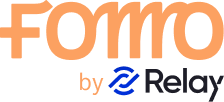


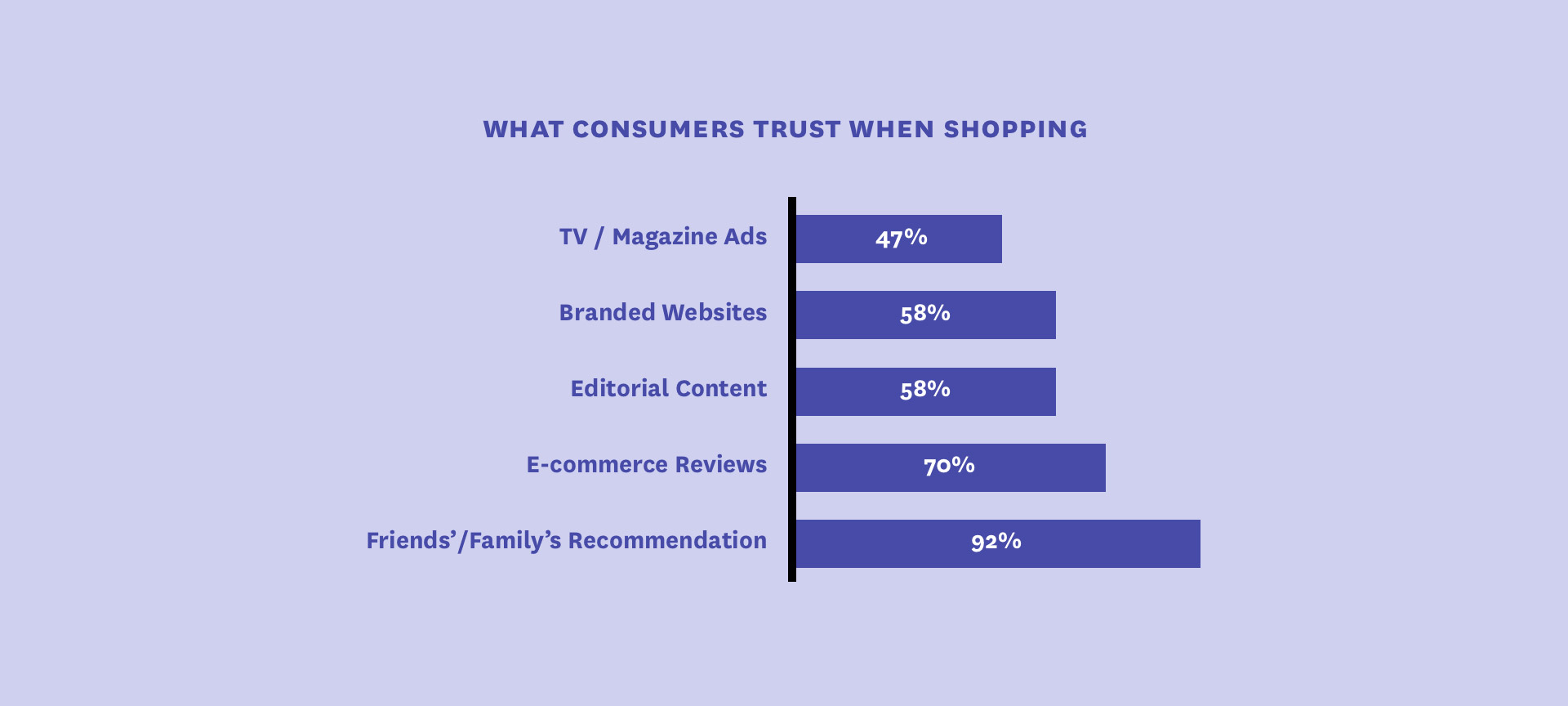
 1.svg)
 1.svg)
